What are the Different Materials Used in Fishing Rods?
When it comes to fishing rods, there are several materials commonly used in their construction. Each material has its own unique properties that affect the rod's performance. Here are the most popular materials used in fishing rods:
- Fiberglass: Fiberglass is a common material used in fishing rods due to its durability and affordability. It offers good flexibility and is ideal for beginners or anglers who prefer a more forgiving rod.
- Graphite: Graphite, also known as carbon fiber, is a lightweight and sensitive material. It provides excellent sensitivity, allowing anglers to detect even the slightest nibble. Graphite rods are often preferred by experienced anglers who require more precision.
- Bamboo: Bamboo rods have a classic and traditional feel. They are known for their slow action, which makes them ideal for fly fishing. Bamboo rods require more maintenance but offer a unique fishing experience.
- Composite: Composite rods are made by combining different materials, such as graphite and fiberglass. These rods aim to provide a balance between strength and sensitivity. They are versatile and suitable for various fishing techniques.
How are Fishing Rods Rated?
Fishing rods are often rated based on their power and action. Understanding these ratings can help you choose the right rod for your fishing needs:
Power:
The power of a fishing rod refers to its strength or lifting capability. It is usually classified as ultra-light, light, medium-light, medium, medium-heavy, or heavy. The power rating determines the rod's ability to handle different fish sizes and weights. For example, an ultra-light rod is suitable for small fish, while a heavy rod is designed for larger, more powerful fish.

Action:
The action of a fishing rod describes how much the rod bends when pressure is applied to the tip. It is classified as slow, medium, or fast. A slow action rod bends throughout its length, providing a more parabolic bend. A fast action rod bends mostly at the tip, offering a quicker response and greater sensitivity. The choice of action depends on the fishing technique and the angler's preference.
By considering the power and action ratings, anglers can select a fishing rod that matches their fishing style and target species. It's important to choose a rod that provides the right balance of strength, sensitivity, and flexibility.

Conclusion:
When it comes to fishing rods, the choice of materials and ratings play a crucial role in determining the rod's performance. Fiberglass, graphite, bamboo, and composite are the most common materials used, each offering unique characteristics. Understanding the power and action ratings helps anglers select a rod that suits their fishing needs. Whether you're a beginner or an experienced angler, choosing the right fishing rod can greatly enhance your fishing experience.

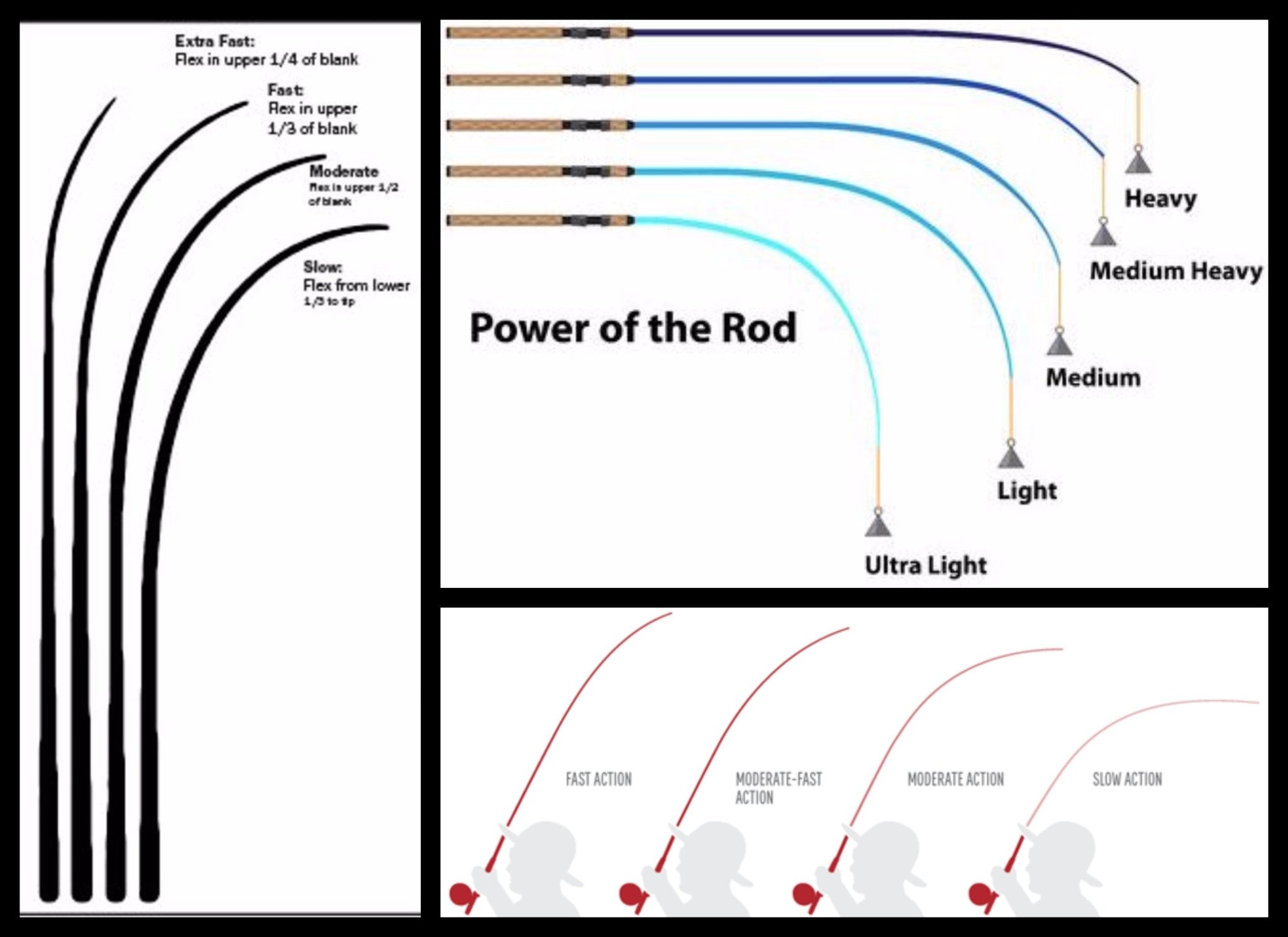
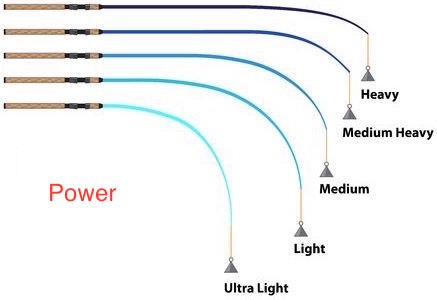

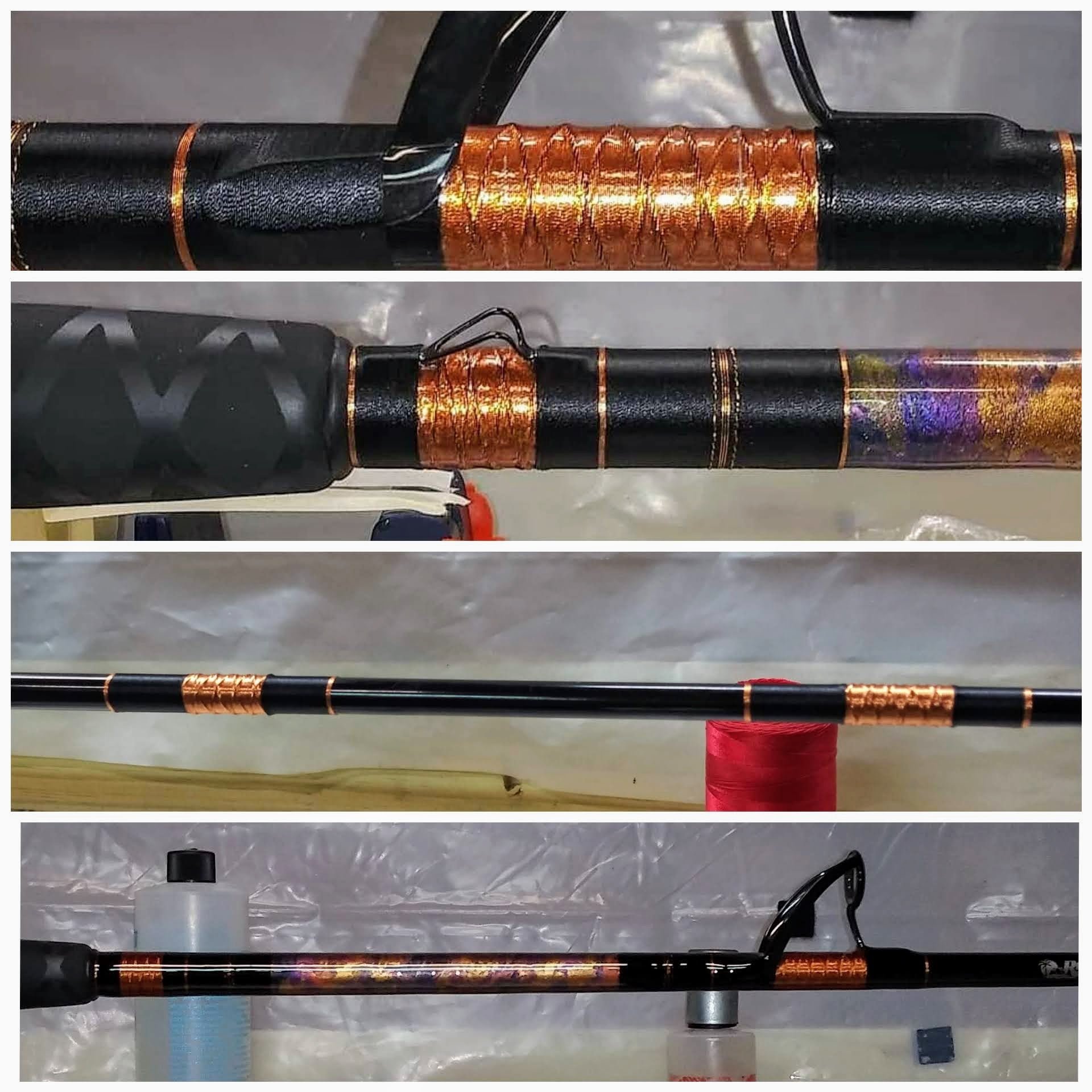
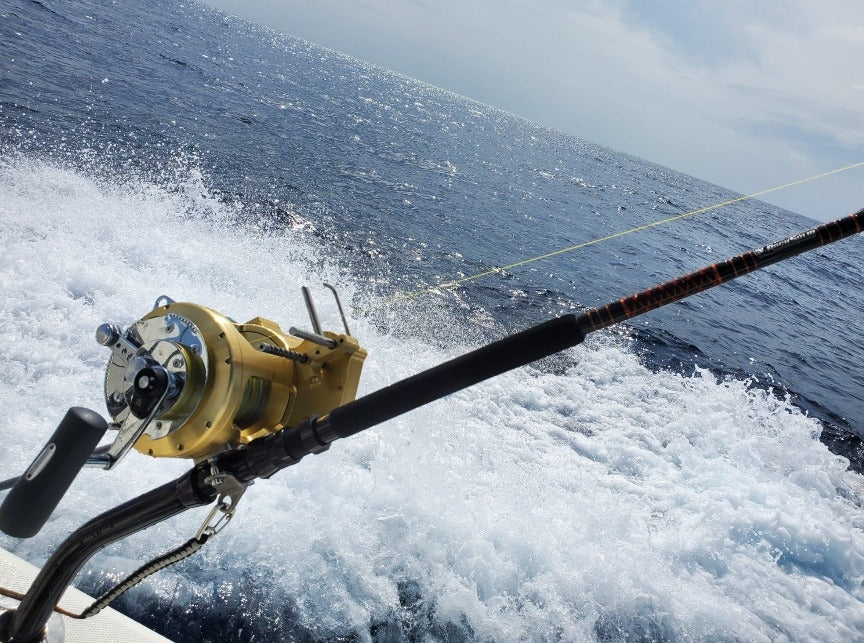





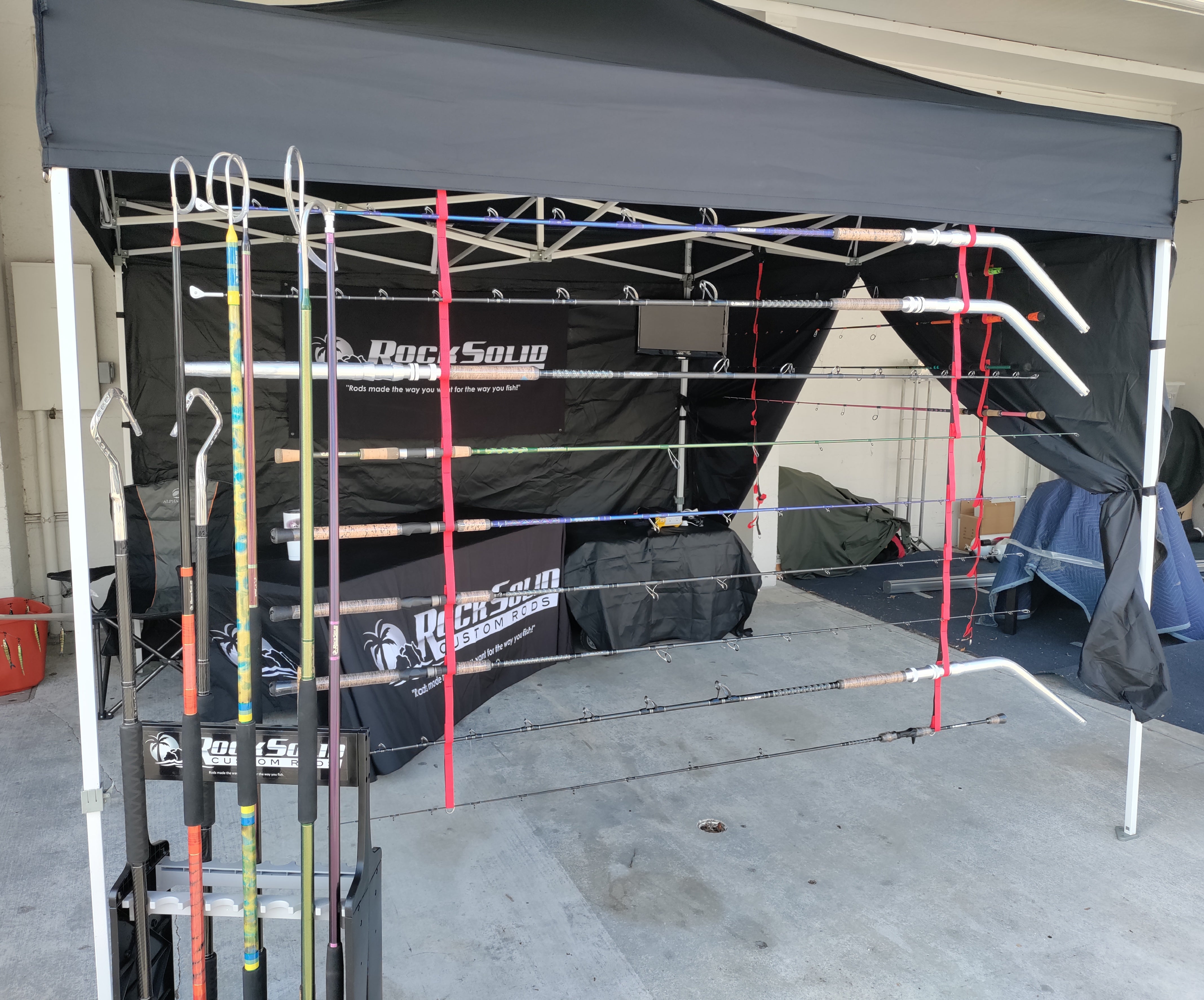
Leave a comment